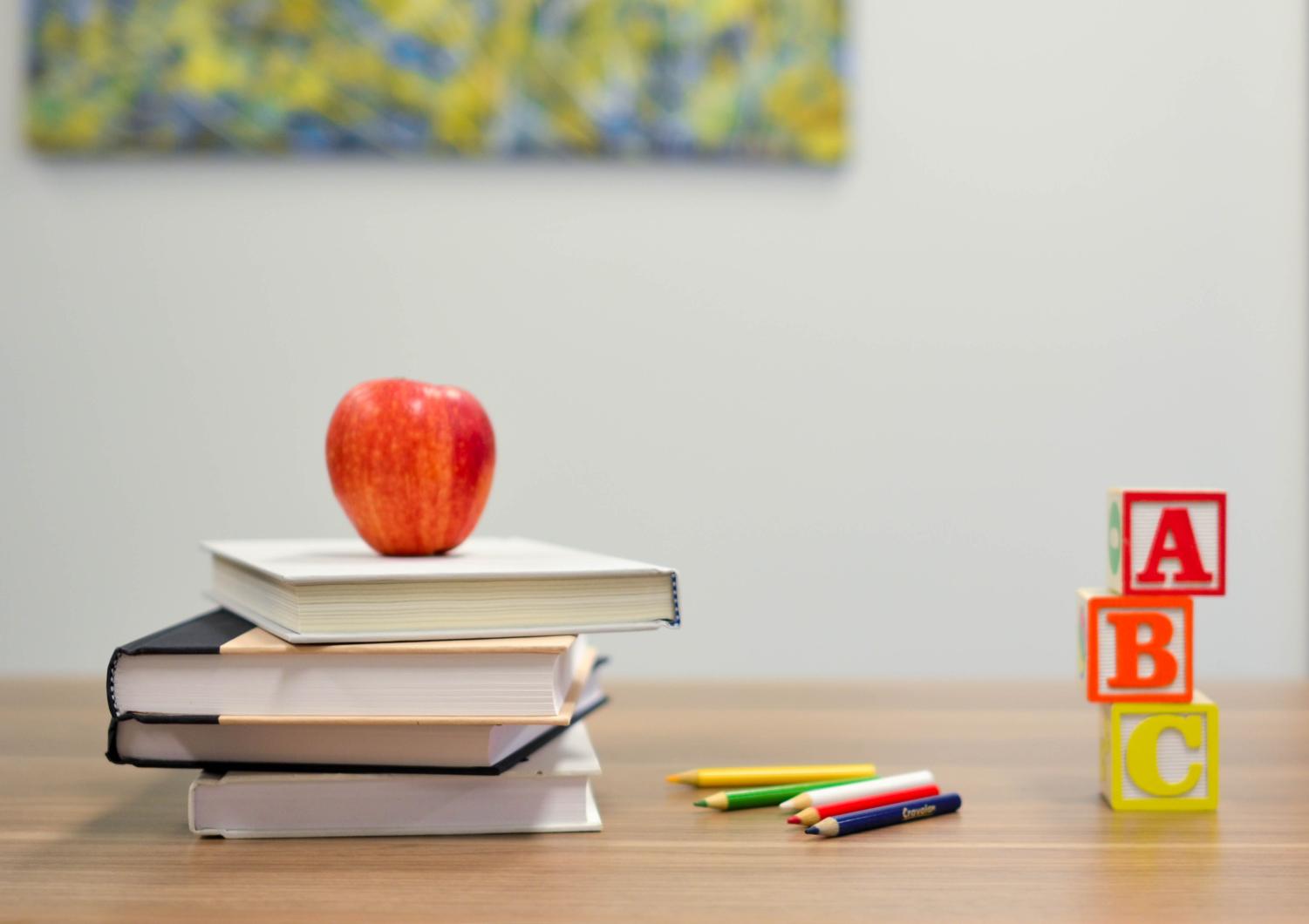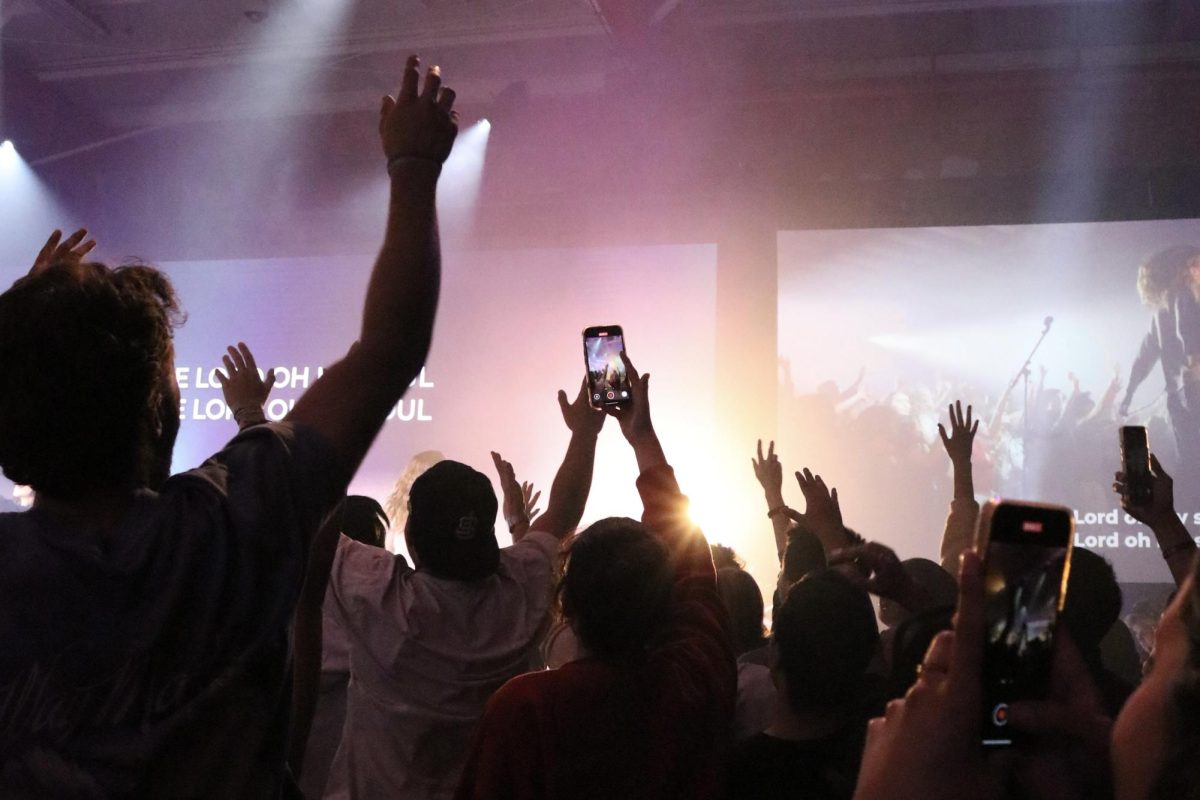The amount of students who have learning disabilities are far more widespread than most Americans believe. According to UNICEF, an estimated 93 million children worldwide live with disabilities. These disabilities range from dyslexia to autism, as well as more severe cognitive conditions. Unfortunately, the education system in the United States does not properly account for students with disabilities, causing them to suffer as a result.
A quality education requires social and educational equity among students of all backgrounds. Without equity, education systems inevitably create an opportunity gap, making post-academic success for students with learning disabilities increasingly difficult. This is not the reality of the country’s current educational system, creating inequitable academic experiences.
MEETING SPECIAL NEEDS
Students diagnosed with a learning disability qualify as a special education student under the Individuals with Disabilities Education Act. This program provides added support to aid those with learning disabilities.
Some examples of support include longer test-taking times, access to technology resources and an individually assigned aide if needed. These added resources makes special education unique.
“Students with disabilities were put in low-level classes, students sat in segregated classes despite the wishes of their parents and assignments didn’t match the ability levels of students—some were way too hard, and others far too easy,” HuffPost reports.
This was the consensus gathered from interviews of parents, students, experts and advocates from 34 states. Even with good intentions in mind, special education does not meet the severely varied needs of each student.
PERPETUAL ABLEISM
On top of not meeting the needs of disabled children, special education creates ableist segregation that can greatly affect students. Students with learning disabilities across the country are reported to have “low expectations in school, regardless of their actual ability level or future plans.”
This shared experience exemplifies the prejudice against students based upon their diagnosis. This assumption hinders students by disregarding their intellect and ability.
“I understand getting assistance and things explained to me differently, but why weren’t we doing the same stuff?” said Janae Cantu, a student diagnosed with dyslexia.
Cantu shared that her high school education system required a special education class every day of her freshman year in high school. In this class, she engaged in activities like making race cars out of cereal boxes and racing them.
The class attempted to introduce students to technology but wasted Cantu’s time. While her general education peers took a computer class, she fulfilled the same technology credit in a manner that she deemed unfair.
INCLUSION AS A SOLUTION
While special education programs offer aid to many, it remains flawed. Its imperfections cheat students out of a fair and quality education that matches their abilities. Schools have a certain responsibility to equip students for success and it should range all the way to its special education programs.
While inclusive education may not fit every students’ needs with learning disabilities, it benefits those students that show an ability to perform at a higher rate. Inclusivity allows for equal investment in diagnosed students, which provides them with higher morale toward success and the fulfillment of their academic potential.
Schools exercise the ability to choose the most beneficial course of action for their students, rather than the parents. This creates issues when applied to deciding on ideal placements and curriculums for students with learning disabilities.
The range of learning disabilities that exist within education systems require a better approach and new system. Without education equity, students with disabilities will be at risk of further disadvantages as they look to the future.











